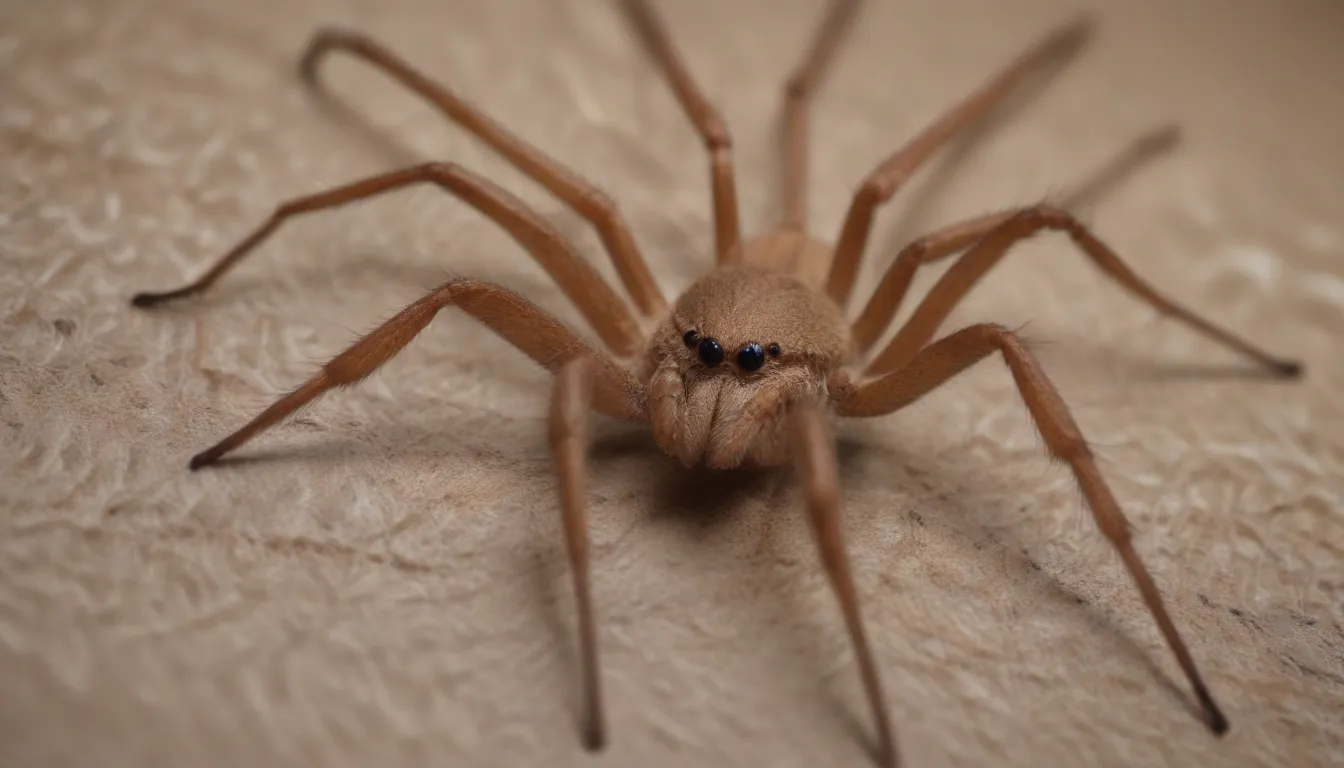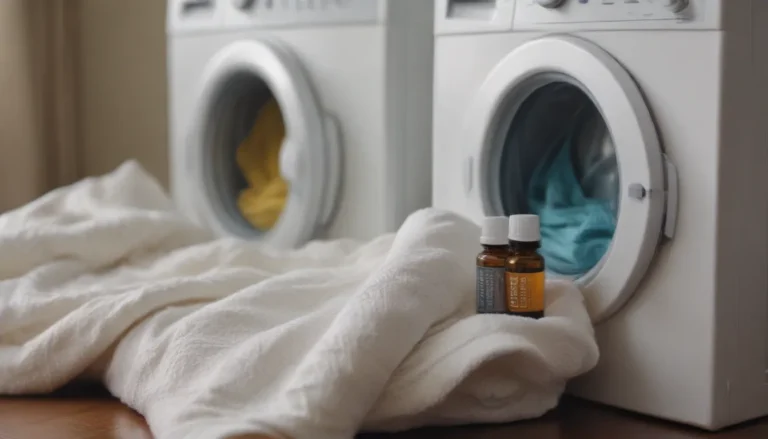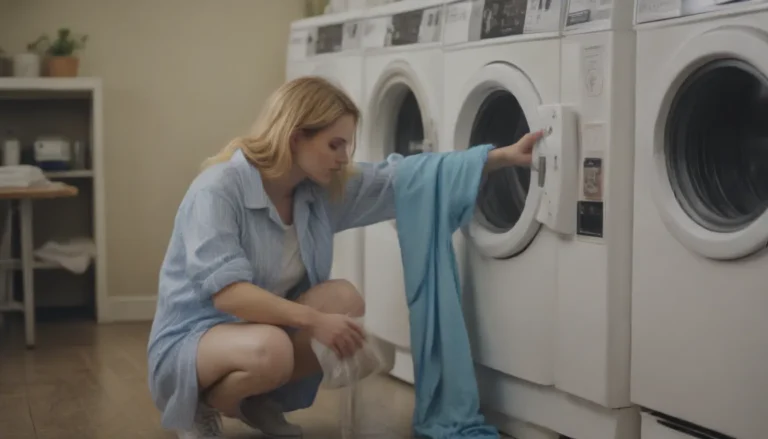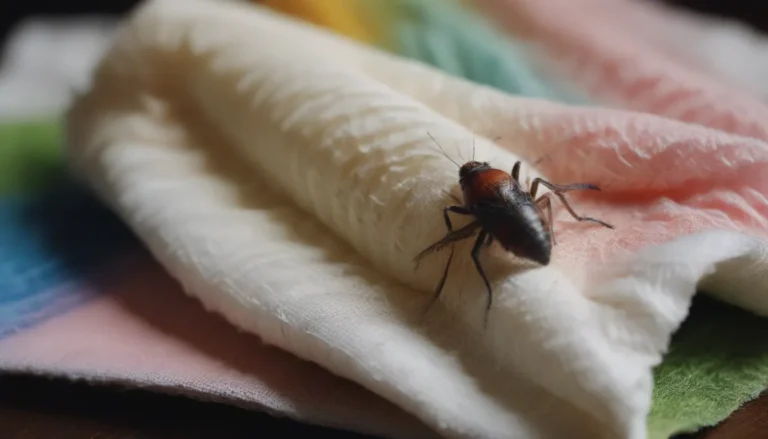Understanding Brown Recluse Spiders: Identification and Behavior

Spiders can be a source of fear for many people, and when it comes to the brown recluse spider, the fear can be even more intense. You may be wondering how to identify these spiders and keep them out of your home. In this article, we will explore everything you need to know about brown recluse spiders, from their appearance to their behavior and how to prevent them from entering your living space.
What Do Brown Recluse Spiders Look Like?
Identifying brown recluse spiders can be challenging, as it requires a trained eye and sometimes a magnifying glass for a positive identification. Brown recluse spiders belong to the family Sicariidae, also known as six-eyed sicariid spiders. Within the genus Loxosceles, there are 11 native spiders in the U.S., with four of them posing a risk to humans.
Here are some characteristics of brown recluse spiders and other sicariid spiders to help you identify them:
- Brown color with a darker violin-shaped mark on their back.
- Six eyes arranged in pairs.
- Generally timid and unlikely to bite unless provoked.
It’s important to note that the violin-shaped marking is not a foolproof way to identify brown recluse spiders, as other spiders may have similar markings. So, it’s best to exercise caution and keep your distance if you suspect you have encountered a recluse spider.
How to Identify Brown Recluse Spider Infestations
If you suspect that brown recluse spiders are present in your home, there are a few key signs to look out for:
- Presence of shed skins or webs in quiet, undisturbed areas.
- Brown recluse spiders themselves hiding in dark, sheltered spaces.
- Bite marks on your skin that may appear red, swollen, and necrotic.
If you notice any of these signs, it’s essential to take action to address the infestation and prevent further encounters with these spiders.
Natural Ways to Get Rid of Brown Recluse Spiders
When it comes to spider control, you don’t always need to resort to chemical sprays or treatments. There are natural and effective methods to keep brown recluse spiders and other spiders at bay. Here are some tips:
Turn off Lights
Spiders are attracted to light sources because they attract flying insects that spiders feed on. By turning off exterior lights at night and minimizing interior lighting, you can reduce the presence of spiders around your home.
Reduce Clutter and Vegetation
Spiders, including brown recluse spiders, thrive in cluttered and vegetated areas. Clearing clutter and keeping dense vegetation away from your home’s foundation can help reduce hiding spots for spiders and other pests.
- Store firewood away from the house to prevent pests and spiders from finding shelter.
- Wear work gloves when clearing clutter to avoid potential spider bites.
Seal Spiders Out
Exclusion is a preventive measure to keep spiders out of your home. Seal entry points like gaps around windows, doors, and utility openings to prevent spiders from entering your living space.
- Focus on dark, damp areas where spiders are likely to seek shelter.
- Use caulk or screens to seal cracks and prevent spider entry.
Spider Sweep
Regular spider sweeping with a cobweb brush can help remove spiders, webs, and egg sacs from your home. By disrupting spider habitats, you can reduce the spider population and prevent infestations.
- Work from top to bottom, targeting areas where spiders typically hide.
- Focus on doorframes, windows, exterior lights, eaves, and gutters.
Vacuum Them Up
If you encounter a spider indoors, using a vacuum cleaner is a safe and efficient way to remove it without the need for direct contact. Spiders play a vital role in controlling pest populations, so eliminating them occasionally is sufficient.
Preventing Brown Recluse Spider Infestations
To keep brown recluse spiders away from your home, consider the following preventive measures:
- Keep your home clean and free of clutter to eliminate hiding spots.
- Seal entry points and gaps to prevent spider entry.
- Minimize exterior lighting to reduce insect attraction.
- Maintain a tidy yard and remove vegetation close to the house.
By following these steps, you can create an unappealing environment for brown recluse spiders and other spiders, reducing the likelihood of infestations in your home.
Conclusion
While brown recluse spiders may provoke fear in many people, understanding their behavior and taking preventive measures can help you keep them out of your living space. By implementing natural spider control techniques and making your home less attractive to spiders, you can create a peaceful and spider-free environment for yourself and your family.
Remember, spiders are beneficial creatures that help control insect populations, so it’s essential to coexist with them while keeping them at a safe distance. With proper identification and proactive measures, you can effectively manage brown recluse spider infestations and enjoy a spider-free home environment. Appreciate the role spiders play in nature, but also prioritize your comfort and safety in your living space.





